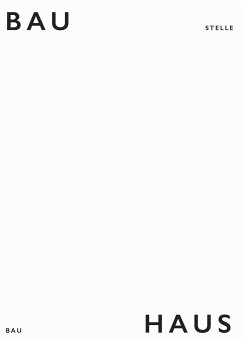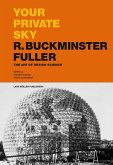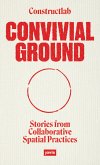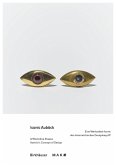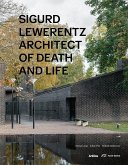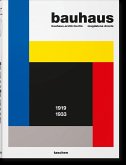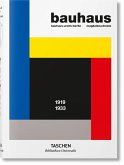Das international viel beachtete Erstlingswerk von Heike Hanada wird mit dieser Publikation umfassend mittels Zeichnungen und Fotografien dokumentiert. Die Transformationen während des Bauprozesses spiegeln sich dabei in den Momentaufnahmen Andrew Alberts ausgezeichnet wider. Während sich der monumentale Körper als abstrakte, minimalistische Skulptur präzise zwischen Stadt und Landschaft positioniert, eröffnet er innen über Kaskadentreppen und Lufträume unerwartete Blickbeziehungen in die Topographie des Museums. Die sachliche Verwendung aller Baumaterialien vermittelt eine konsequente Anlehnung an weitläufige Industriehallen, die den unterschiedlichsten, musealen Anforderungen bemerkenswert gut gerecht werden und damit gleichzeitig den Werkstattcharakter der Gründung des Bauhauses in Weimar 1919 zitieren.___This publication comprehensively documents Heike Hanada's internationally acclaimed first work by means of drawings and photographs. The transformations during the construction process are excellently reflected in Andrew Albert's photographs. While the monumental cube positions itself precisely between the city and the landscape as an abstract, minimalist sculpture, it opens up unexpected vistas into the museum's topography on the inside via cascading staircases and voids. The relevance of all building materials conveys a consistent reminiscence of spacious industrial halls. They meet the most complex museum requirements remarkably well and thus simultaneously cite the workshop character of the founding of the Bauhaus in Weimar in 1919.
Bitte wählen Sie Ihr Anliegen aus.
Rechnungen
Retourenschein anfordern
Bestellstatus
Storno

